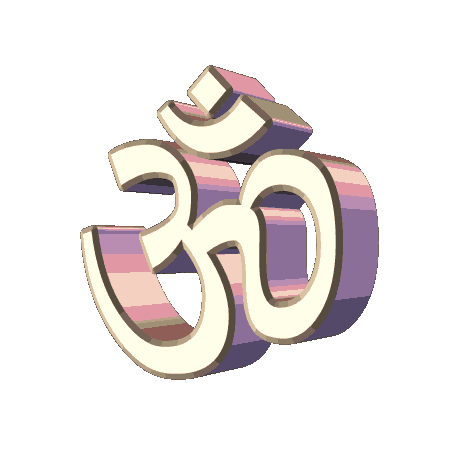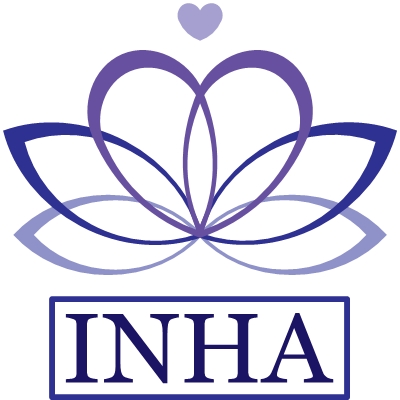|















| |
A Buddhist or Tibetan singing bowl
basically works like an upside-down bell and is usually made out of a metal. In
order to get the bowl to make its unique "song", or bell-like tone, one either
runs a finger or a mallet around the rim or one gently strikes the sides. The
mallet can be made of plastic, bamboo, hardwood or
leather

 |
Buddhist singing bowls were actually
made before Buddhism came to the Himalayan countries of Nepal and
Tibet. The oldest singing bowls are about 4,000 years old. It is
unknown what the oldest singing bowls were made of, what percentage
of metals was used and how exactly they were made. Ancient singing
bowls have never been reproduced in modern times that equal the
exact tone and sound.
|
 |
Many metal objects of that time and
era were made of a metallic blend called Panchaloha, which means
"five metals." The five were copper, tin, zinc, iron and a fifth
metal that was left up to the bowl maker's discretion. These could
include gold, silver, nickel or metal from meteorites. Ancient
singing bowls that have been analyzed show that they were made of
the five metals, but also lead, cobalt, bismuth, cadmium and
arsenic.
|
 |
In modern times, as Buddhism has
become more popular around the world, singing bowls have been made
out of spun steel, crystal, copper, iron, zinc and brass, but most
are made of bronze that does not include either silver or gold. They
come in a variety of sizes and decorations.
|
 |
Oral
traditions from the Himalayas claim that Buddha used singing bowls
in order to teach his students the concentration needed for
meditation. Bowls can be used alone or with chanting mantras during
meditation. The sounds of the singing bowls are also thought to
ripple out into the universe for the benefit of all sentient beings.
.JPG)
|
Sounds that are believed to activate the
seven chakras, or energy centers, in the human
body.
 |

Violet is the colour that corresponds
with the crown chakra, located at the top of the head. The colour
white is also associated with this chakra, whose attributes include
self-awareness, spirituality and connection to a higher
power.
The musical note played on the Tibetan singing bowl for the crown
chakra is B.
|
 |

An indigo or dark blue Tibetan
singing bowl symbolizes the Third Eye chakra, located at the middle
of the forehead. Psychic ability, intuition and visualization are
attributes of this chakra. The musical note is A.
|
 |

A light blue singing bowl is used to
activate the throat chakra, located at the base of the throat. This
chakra is associated with self-expression and effective, honest
communication. The musical note for the throat chakra is G.
|
 |

A green Tibetan singing bowl
activates the heart chakra. The heart symbolizes friendship, love
and compassion. The musical note associated with the heart chakra is
F.
|
 |

A yellow Tibetan singing bowl
corresponds with the solar plexus chakra, located between the navel
and breastbone. Emotions and self-protection are associated with
this chakra. The singing bowl musical note is E.
|
 |

An orange Tibetan singing bowl is
associated with the sacral or sexual chakra, which is located just
below the navel. Reproduction, sexuality and creativity are
corresponding attributes of this chakra. The Tibetan singing bowl
note is D.
|
 |

A red Tibetan singing bowl represents
the root or base chakra, located at the base of the spine. Life
force, grounded
energy,
instinct and survival are associated with this chakra. The
corresponding Tibetan singing bowl musical note is C.

Singing bowls,
produce the primordial sound of ’AUM’: The fundamental utterance of
energy metamorphosing into matter. They alter space, mind and time;
awakening cellular memory and healing the energy body. The act of
listening to their captivating overtones effectively stops one's
internal dialog, the ’Monkey Mind’. The individual is transported
into a space of tranquillity and balance where the ’Universal Chord’,
found within each self, is touched, joined with, and understood. The
Universal Chord, if you will, is the primordial substance from which
our whole reality is made and from which our universe originated.
Although the vibrational energy of the bowls can be directed to a
specific area for healing purposes, they work more on a fundamental
level.
These
instruments are used within meditations and physical vibrational
healing techniques. Their harmonic resonance is used to:
 |
Reduce
stress and pain |
 |
Balance
energy |
 |
Create
vitality synchronization and spontaneous healing |
 |
Effectively alter consciousness into a peaceful and expansive
meditative state (trance induction) |
 |
Meditate |

|
| |
Chilloutman
are Accredited by



|
